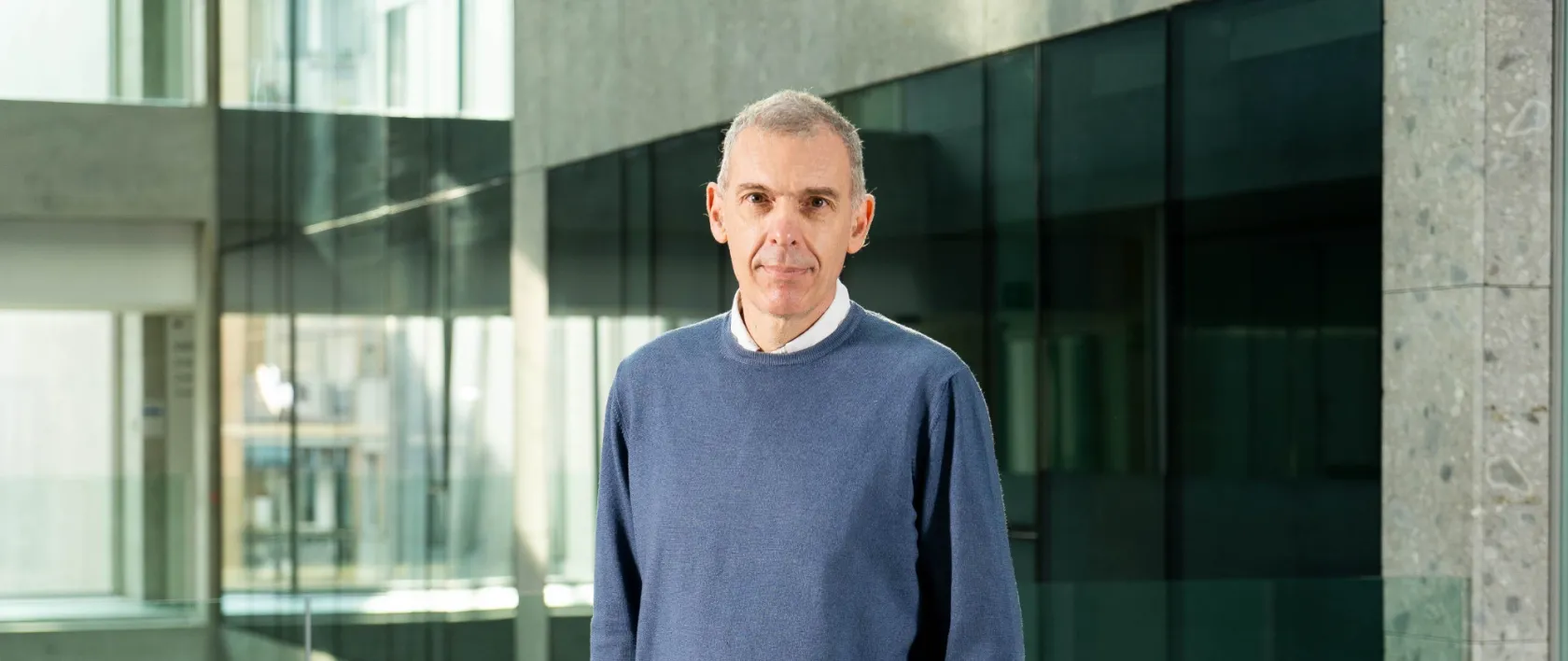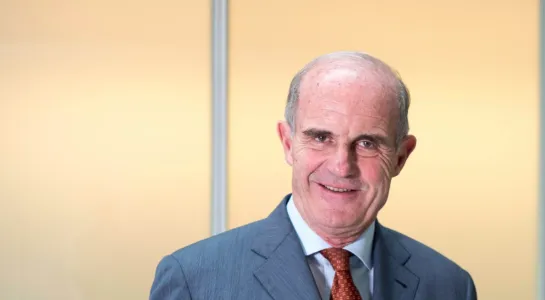
Why Pessimists Always Win
In the world of statistics, a shock is a noble thing. It waltzes into an equation with an air of neutrality, mean-reverting as if it were a model citizen. Shocks, in their purest form, are unpredictable deviations with an expected mean of zero — neither inherently good nor bad. They are, quite simply, the statistical equivalent of life’s little surprises.
Yet, when we step into the financial realm, the story takes a darker turn. Here, ‘shock’ is a euphemism for catastrophe. Economic downturns, recessions, crises — these are the shocks that grab headlines, sink markets and immortalize economists who predict them. But where are the economists who successfully predict positive shocks? Why does no one earn fame by forecasting a sudden boom?
As we shall see, this asymmetry in perception is no accident. It is deeply rooted in human psychology, championed by Kahneman and Tversky’s loss aversion principle, and further amplified by the professional incentives in the field of economics. Let’s explore why the world of finance is rigged in favor of pessimists — and why, paradoxically, they often end up being ‘right’ even when they are wrong.
The Statistical Innocence of Shocks
Statistically speaking, an economic shock is an unexpected change in an economic variable. The key word here is ‘unexpected.’ Whether it’s a policy shift, a sudden change in consumer sentiment, or an oil price fluctuation, the defining characteristic of a shock is that it deviates from what was anticipated. And, crucially, these deviations have no systematic bias — over time, they average out to zero.
For every economic slump, there is a corresponding economic boom. For every financial crisis, there is an unanticipated recovery. However, in real-world discourse, positive shocks rarely make the news. Imagine an economist appearing on television to say, “The economy is likely to outperform expectations due to unforeseen factors.” It hardly makes for gripping television. Negative shocks, on the other hand, have drama, urgency and, most importantly, an audience that is eager to listen.
Kahneman, Tversky and the Tyranny of Loss Aversion
Daniel Kahneman and Amos Tversky, in their seminal work on prospect theory, introduced the concept of loss aversion: the idea that losses loom larger than gains in human psychology. Simply put, people feel the pain of losing $100 far more acutely than they feel the pleasure of gaining $100. This asymmetry influences decision-making across all domains, including economics and finance.
Because of loss aversion, investors, policymakers and the general public are more sensitive to negative shocks than to positive ones. If a central bank unexpectedly raises interest rates and causes a market downturn, it is perceived as a significant event, meriting endless analysis and debate. But if a new technological breakthrough leads to unexpected growth, it is often dismissed as ‘the market functioning normally.’
This asymmetry creates a structural bias in economic discourse: fear sells. Investors want to hedge against losses, policymakers want to avoid blame and journalists want eyeballs on their articles. The result? A collective overemphasis on negative shocks and a near-total disregard for positive ones.
The Doomsayer’s Dilemma: How to Be Right by Always Predicting Crisis
Enter the professional pessimist, the doomsayer economist who makes a career out of predicting economic downturns. No one exemplifies this archetype better than Nouriel Roubini, who famously foresaw the 2008 financial crisis. A brilliant economist, no doubt, but also a case study in the perverse incentives that reward persistent pessimism.
As the joke goes, Roubini has predicted twenty of the last three economic shocks. And he is not alone. Many economists have built reputations — and lucrative consulting careers — by repeatedly forecasting disaster. The reason is simple: when a forecaster predicts a negative shock and is wrong, they are forgotten. When they are right, they are hailed as visionaries.
Contrast this with the fate of an economist who predicts positive shocks. Suppose an economist repeatedly claims that the economy will experience unexpected growth. If they are wrong, they are ridiculed as hopelessly naive. If they are right, the good news is often attributed to luck, policy measures or underlying market resilience — not to the foresight of the economist.
Why Economists Prefer to Predict Doom
The media, financial markets and policymakers are all incentivized to pay more attention to negative forecasts. Consider the following dynamics:
- Media Sensationalism: “Stock Market Crash Expected” is a far more compelling headline than “Market Growth May Exceed Expectations.” Bad news sells, and economists who deliver it get more airtime.
- Professional Risk Management: An economist who predicts a recession and is wrong faces little professional backlash. An economist who predicts prosperity and is wrong can be discredited permanently.
- Human Psychology: Investors and policymakers are wired to be more risk-averse than risk-seeking. They want to prepare for the worst, which makes them more receptive to negative predictions.
- Historical Bias: Most major economic theories (Keynesianism, Marxism, even Austrian Economics) were developed in response to crises, making economic discourse inherently more crisis-focused.
The Market’s Selective Memory: When Positive Shocks Disappear
Ironically, while negative shocks are remembered and analyzed for years, positive shocks often fade into the background. The post-pandemic economic recovery of 2021, for example, defied most pessimistic forecasts. Yet, rather than being celebrated as a positive shock, it was rationalized away as merely the consequence of stimulus policies and pent-up demand.
This selective memory reinforces the dominance of pessimistic narratives. When markets crash, we remember the forecasters who predicted it. When markets surge unexpectedly, we assume it was bound to happen anyway.
A Call for Statistical Balance
Economic shocks are, at their core, symmetrical. They can be positive or negative, and their long-run expected value is zero. Yet, because of loss aversion, media incentives and professional dynamics, the field of economics has developed a built-in bias toward predicting and focusing on negative shocks.
This is not just an academic curiosity — it has real consequences. Persistent pessimism can lead to unnecessary risk aversion, missed opportunities for investment and a general sense of economic gloom that is self-fulfilling. It may be time for economists to reclaim the neutrality of shocks, to acknowledge that surprises can be pleasant as well as painful.
And perhaps, just once, it would be refreshing to see an economist gain fame for correctly predicting an unexpected boom. But until then, the doomsayers will continue to win the game — even when they are wrong.








